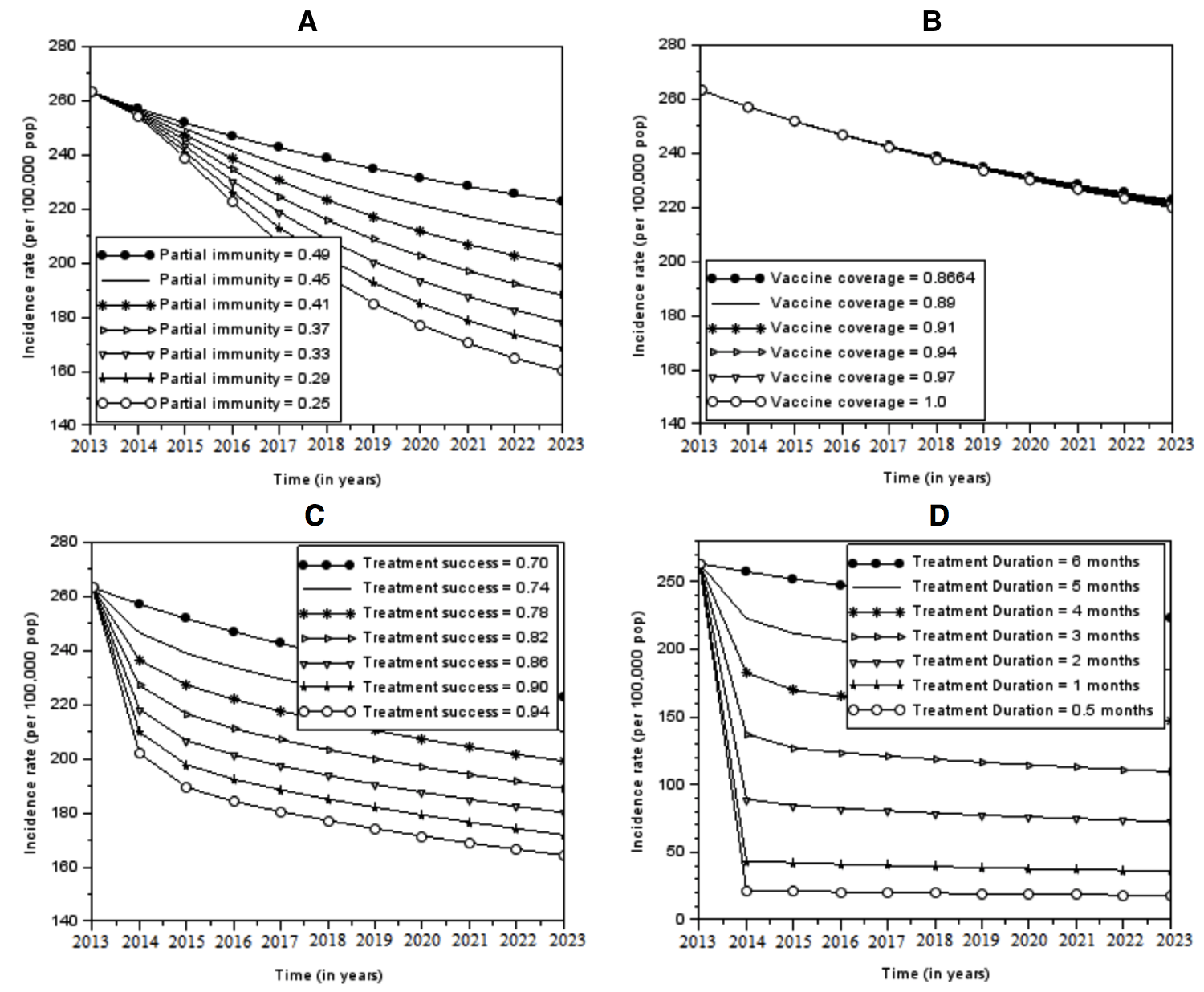VOLUME 10 NUMBER 1 (January to June 2017)

Philipp. Sci. Lett. 2017 10 (1) 29-37
available online: March 24, 2017
*Corresponding author
Email Address: eva.rodriguez@uap.asia
Received: 11 January 2016
Revised: 12 July 2016
Accepted: 03 August 2016
ARTICLE
A dynamical analysis of tuberculosis in the Philippines
¹Department of Mathematics, School of Sciences and Engineering, University of Asia
and the Pacific, Pasig City, Philippines
²Mathematics Department, De La Salle University, Manila, Philippines
Tuberculosis (TB), an infection obtained from Mycobacterium, is the fourth leading cause of death in the Philippines. It remains to be a problem especially in developing countries, even after following guidelines and achieving some of the targets set by the World Health Organization (WHO) for TB elimination. Inspired by the TB transmission model developed by Trauer et al. (2014), we propose a model for TB transmission in the Philippines and validated it using Philippine-based data for TB incidence and prevalence rates in 2003-2013 (WHO, 2014). Using the Theorem of van den Driessche & Watmough (2002) we show that our proposed Philippine TB model has a locally asymptotically stable endemic equilibrium, with basic reproduction number R₀ = 0.4516 and an unstable free-disease equilibrium, with R₀ = 3.8896. Moreover, our projected simulations show that improving partial immunity, treatment success, treatment duration and case detection in the Philippines will significantly reduce the TB incidence and prevalence rates. Interestingly, we found that improving vaccine coverage would not significantly reduce the projected TB incidence and prevalence rates. These results can help the Philippines in improving its TB programs and develop new strategies to eliminate tuberculosis in the country.
© 2025 SciEnggJ
Philippine-American Academy of Science and Engineering